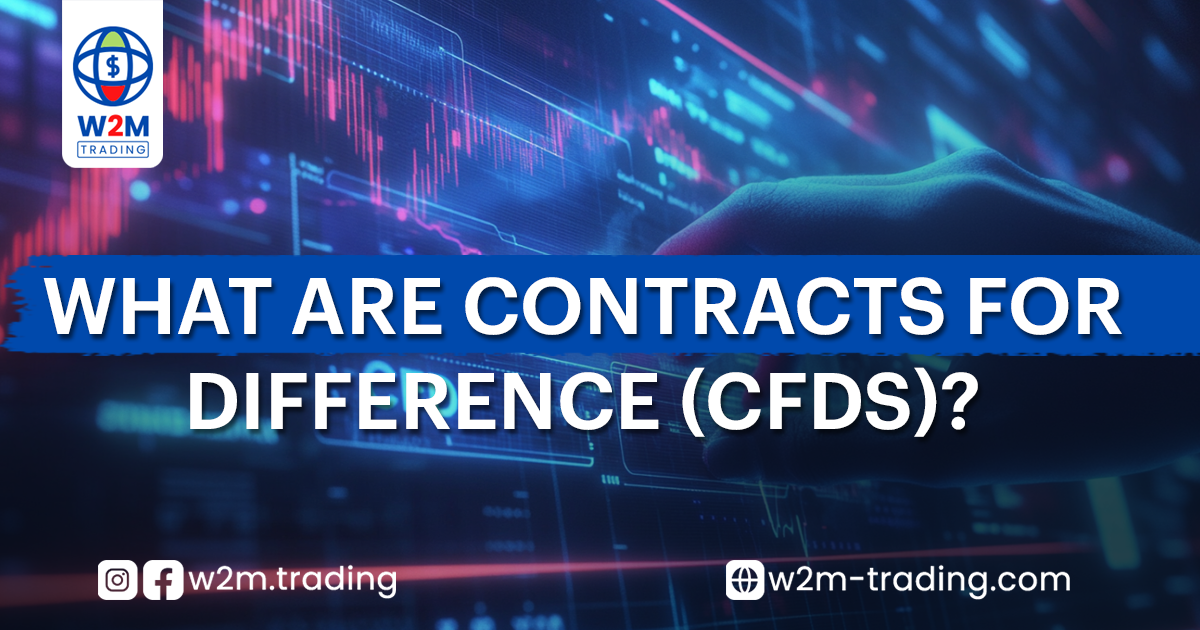Contracts for Difference (CFDs) are flexible and popular financial instruments in the trading world. Simply put, they are agreements between two parties, the buyer and the seller, to exchange the difference in the price of a financial instrument from the time the contract is opened to when it is closed. What makes them unique is that they allow investors to benefit from price fluctuations, whether upward or downward, without needing to own the underlying asset.
If you’re a beginner or even an experienced trader looking for an effective diversification tool, trading CFDs might be your ideal choice. In this article, we’ll explain how they work and why they are an important tool for investors.
Why Are CFDs an Ideal Trading Option?
- Market Flexibility:
- You can trade a wide range of assets, such as stocks, currencies, commodities, indices, and even cryptocurrencies.
- Whether you expect prices to rise or fall, you can open buy or sell positions.
- Leverage:
- CFDs allow you to use leverage, meaning you only need a small portion of capital to invest in a larger position.
- For example, with 1:10 leverage, a 100investmentallowsyoutocontrolapositionworth100investmentallowsyoutocontrolapositionworth1,000.
- Fast and Efficient Trading:
- Trades are executed quickly, making CFDs an ideal option for day traders and speculators.
- No Ownership of the Underlying Asset:
- You don’t need to physically buy stocks or gold. You can simply trade on price movements.
How to Start Trading CFDs?
- Learn the Basics:
- Before starting, you need to understand basic terms like “margin,” “leverage,” and “spread.”
- Learn how to analyze markets using technical and fundamental analysis.
- Choose a Reliable Broker:
- Ensure the broker is licensed and regulated by reputable authorities.
- Look for a broker that offers an easy-to-use platform, educational tools, and flexible leverage.
- Use a Demo Account:
- Practice trading using a demo account to gain experience without risking real capital.
- Develop a Trading Strategy:
- Define a clear plan that includes your financial goals, risk tolerance, and the analysis methods you’ll use.
Risks Associated with CFDs and How to Manage Them
- Leverage Risk:
- While leverage can multiply potential profits, it also multiplies losses. Therefore, it should be used cautiously.
- Market Volatility:
- Financial markets are volatile, which can lead to unexpected losses.
- Capital Management:
- Always set a maximum loss limit for each trade and stick to it.
- Use stop-loss orders to protect your capital.
- Choosing the Right Broker:
- Dealing with an untrustworthy broker can expose you to legal issues and financial losses.
How to Analyze Markets for CFD Trading?
- Technical Analysis:
- Use charts to study price movement patterns and technical indicators.
- Examples of indicators: Moving Averages, Relative Strength Index (RSI), and Bollinger Bands.
- Fundamental Analysis:
- Follow economic news and company reports to understand future price trends.
- For example, U.S. employment data can affect the value of the dollar and related markets.
- Sentiment Analysis:
- Understand trader behavior in the market and its impact on prices.
Tools and Techniques to Develop Your CFD Trading Skills
- Continuous Education:
- Use demo accounts to understand how to execute trades and manage capital.
- Follow Market News:
- Stay updated with financial and economic news websites for the latest insights.
- Develop a Personal Strategy:
- Try different strategies and choose the one that suits your goals and trading style.
Conclusion
CFDs represent an innovative and effective trading tool for those seeking to profit from market fluctuations. However, success depends on continuous learning, choosing the right broker, and managing risks wisely. If you’re looking to enter this exciting world, the right start lies in building a strong knowledge base and practicing with a demo account before actual trading.
Start today and discover the amazing possibilities that CFD trading offers, while preparing for market challenges and achieving success.
